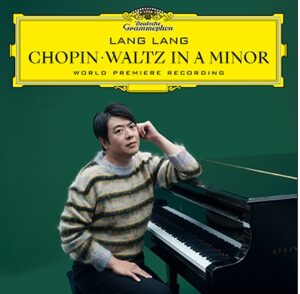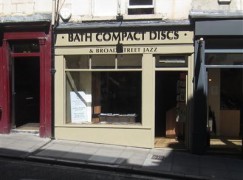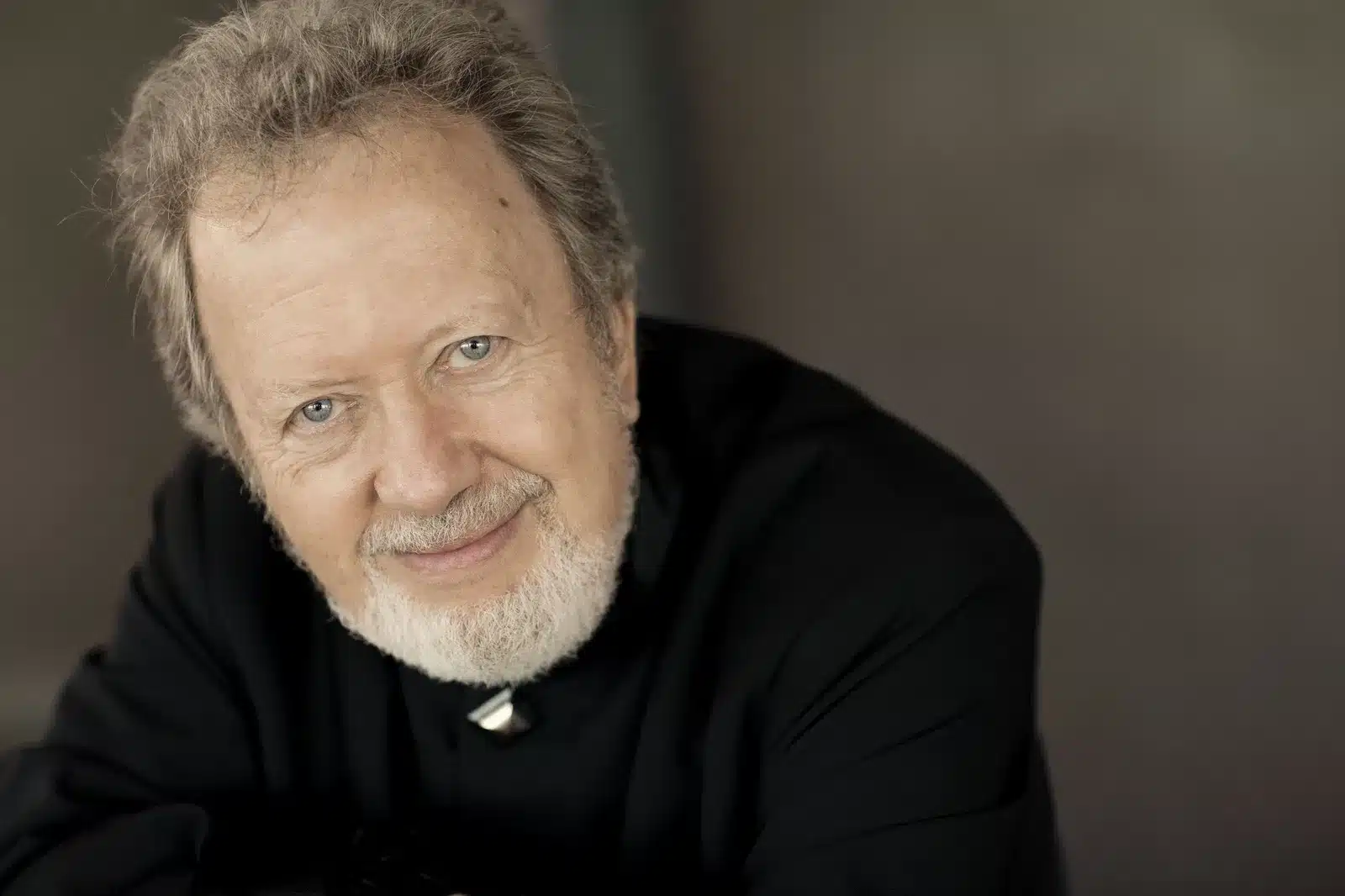What, no doubts about that pretty Chopin waltz?
NewsLast week, the New York Times had a sensational exclusive of a major discovery at the Pierpont Morgan Library. It was an unsuspected last waltz by Frederic Chopin and the joy was so spontaneous that a recording of the waltz had already been made by Lang Lang before the Times published its scoop.
The Morgan manuscript has the name ‘Chopin’ at the top of the page. The Times specifies that this inscription is in a different hand. The ownership provenance has gaps. There is room for doubt.
But all we can hear right now is silence – the silence of Chopin scholars who, daunted by the hoo-hah, have yet to authenticate the waltz in any detailed fashion. The leading Chopinists in Warsaw will be poring over every note. They will take their time before issuing any kind of endorsement, which will be cautious, at best.
In the meantime, we have a Lang Lang release on DG this week. No doubts here.
Enjoy.







Comments